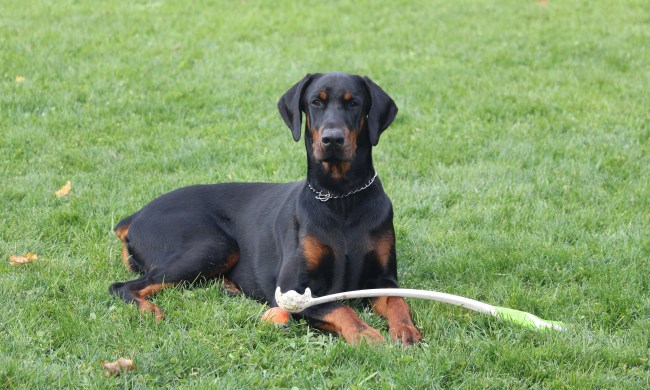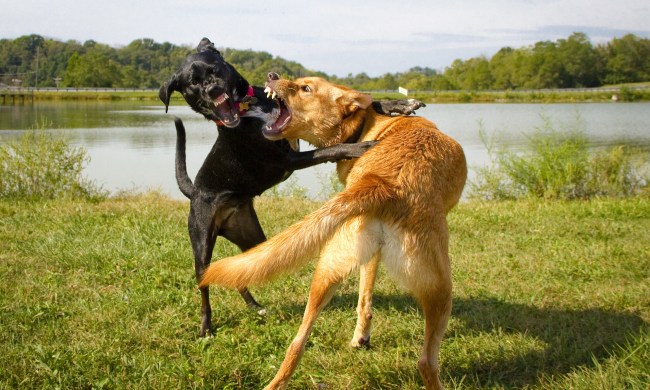Taking your dog for a walk? Your pup might have different goals for the outing. Even though people tend to walk in an orderly fashion along a sidewalk or trail, dogs like to follow their noses from smell to smell. When humans have a deliberate pace, dogs vary their speed in fits and starts as they take in the scents around them before moving on to the next. That's just how it is!
All this can lead to a love-hate relationship when it comes to taking walks together, especially if your dog is in the habit of dragging you down the sidewalk every time you head out the door. Does your dog pull on his leash? If so, this is what you should do to stop dogs from leash-pulling.
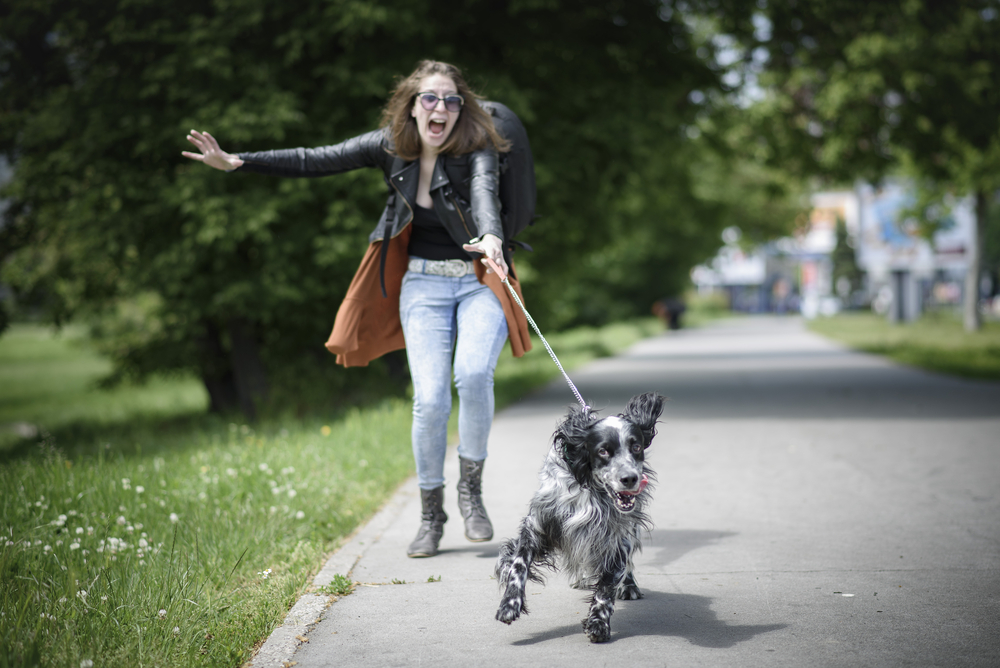
How to stop dogs from leash pulling with ease
Dogs have a natural tendency to push in the opposite direction against pressure that’s being applied to certain parts of their body. For example, when they feel the tug of the leash on their neck, they tend to pull forward. When you push on their back and ask them to sit, they resist. That's why having the perfect setup for walks can make such a difference to both of you.
Step 1: Use a chest-led harness.
A harness enables the leash to attach to a clip on your dog’s chest instead of to the collar around his neck and will help prevent pulling. Use it in combination with your dog’s traditional collar so that he is always wearing his identification when you’re outside.
Step 2: Don’t reinforce bad behavior.
Although it can be tempting, don’t yell at your dog or yank on the leash to punish him when he begins to pull. This kind of reaction may actually reinforce the behavior. Instead, the next time he begins to pull, stand still for a few minutes. Don’t resume walking until he comes back toward you and puts some slack on the leash.
Step 3: Be unpredictable.
Another effective tactic is to reverse direction whenever he begins to pull. Stop and say “let’s go” or “this way” as you begin walking in another direction. Praise your dog each time he obeys your request and joins you at your side. This is when treats come in handy!
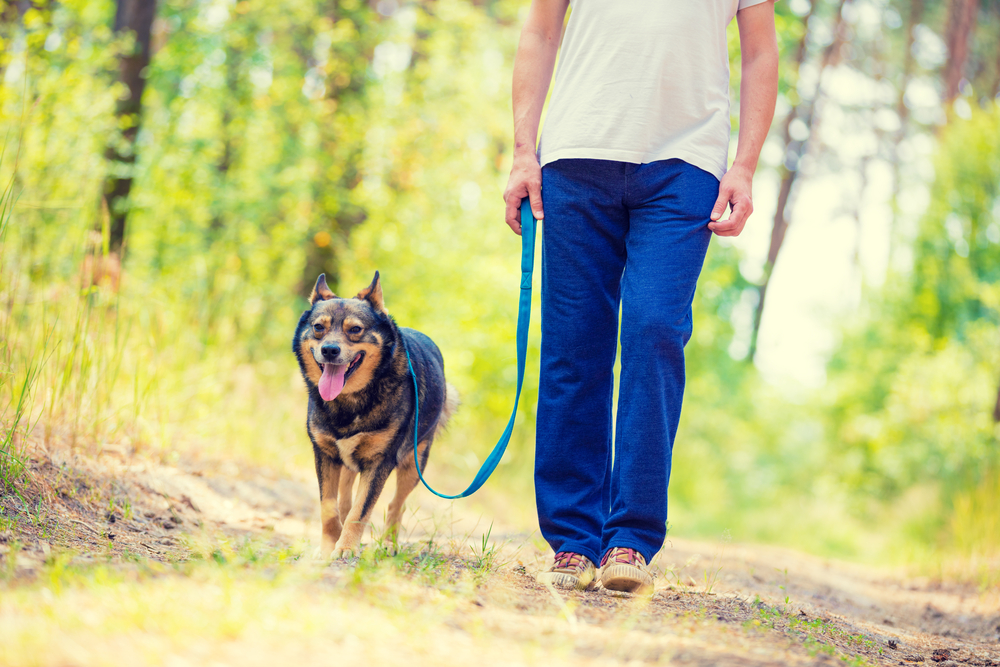
Step 4: Incorporate smell stops on your route.
While good leash behavior is important, be sure to identify a few smelly places along the way where your dog is allowed to stop, sniff, and leave his calling card. Not only is this a great way to reward his good behavior, but processing all the smells he takes in is great mental stimulation, too. Besides, potty breaks need to happen at some point!
Step 5: Reward good behavior.
As you work to leash-train your canine friend, use small treats to reward his progress. He’ll quickly learn that being on the leash is fun as well as delicious! Slowly reduce the number of treats you give him as he becomes better behaved on the leash, but never skimp on praise.
Step 6: Above all, be patient.
Starting, stopping, changing direction, and constantly monitoring your dog’s progress can be frustrating. We get it! Making sure you’re in the right mindset before you head out the door is as important as the equipment you use, the reward you give, and the consistency of your training.
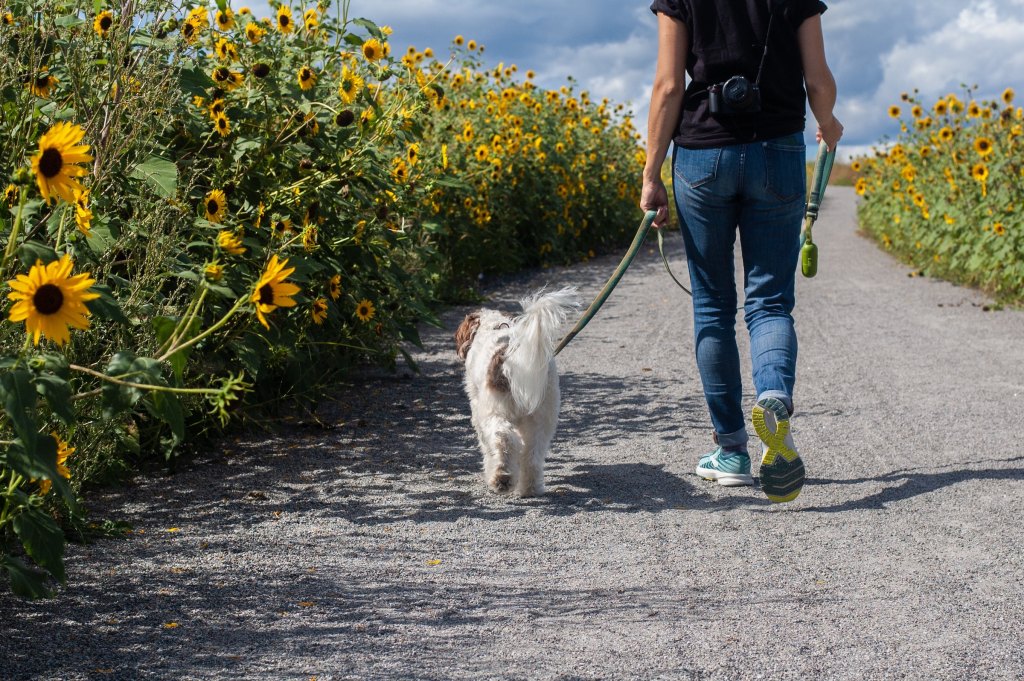
The best accessories to stop dogs from leash pulling
As we previously discussed, a chest-led harness can help discourage pulling while also keeping pressure off of your dog's neck if they've yet to master the "no pulling" thing. You can choose a harness with a standard front clip, which can lead your dog back toward you if they start pulling, or a harness with clips on both the chest and back for even more support against tugging.
Every dog owner and expert has their preferred brands of leash and harness, but don't be afraid to try a few to see what fits your dog's body the best. For dogs that are expert tuggers, stay away from retractable leashes, too.
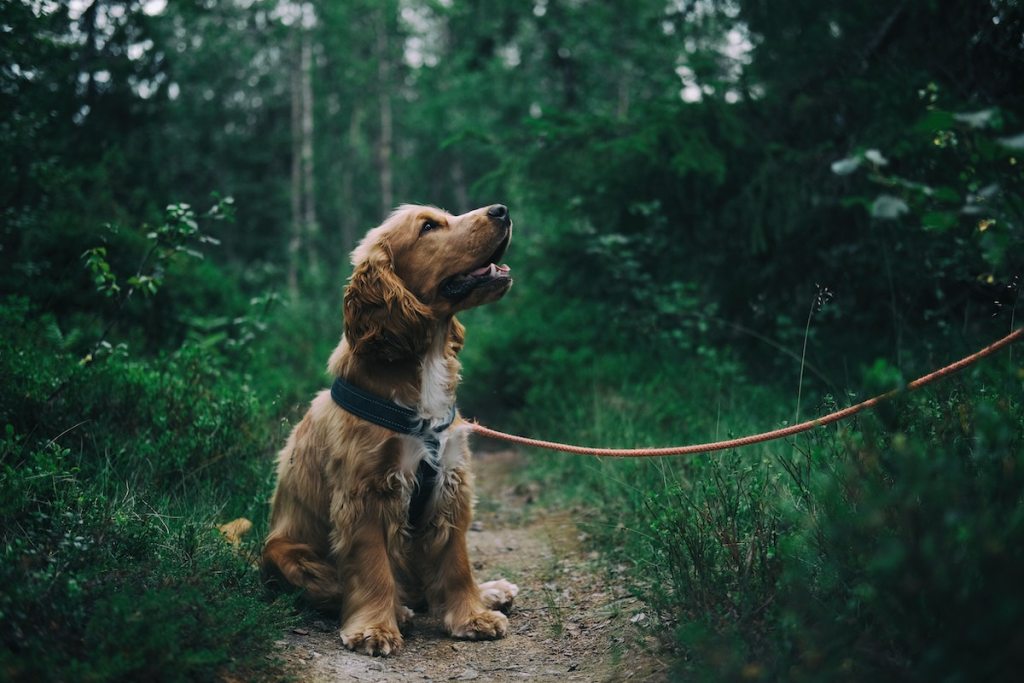
Do dogs grow out of leash pulling?
This answer is very dog-dependent. Puppies pull and bite leashes, and some dogs may eventually stop doing these behaviors as they age. However, your best bet as a pet parent is to assume leash pulling is something that needs to be curbed through training.
Training a dog not to pull on leashes not only helps pet parents enjoy walks, the skill keeps pups safe. Dogs trained not to pull on leashes are less likely to lunge at other animals or break free, putting them at risks for accidents and injuries.
Patience and consistency can help your pet learn how to walk with good manners. Reward good behavior with treats and praise, and consider having some slotted "sniff breaks" so your dog can be a dog on walks. A certified professional dog trainer can help you with issues, and your vet can provide a reference.
Fortunately, with patience and consistency, you will enjoy your daily walks every bit as much as your dog does. Walking is an activity that provides positive mental, physical, and emotional benefits for both humans and canines. Happiness is a contagious state of mind that benefits us all.


